Include a Topper!
-
Happy Birthday Banner
$9.00 -
Gingerbread Cake Topper
$15.00
Add Ons
Your cart is currently empty!
Since 1949 celebrating 75 years. Order online or call us at 1 800 GAMBINO (426-2466)

Gambino’s Bakery is proud that our creations are at the center of so many celebrations. In researching our history, we were excited to find that a major moment in local newspaper history featured our cakes, as well.

The history of newspapers in New Orleans can be tough to follow.
Back in 1837, local businessmen George Wilkins Kendall and Francis Lumsden published a four-page newspaper called, The Picayune, named after a Spanish coin worth 6 1⁄4 cents (which was how much the paper cost at the time). Little did Kendall and Lumsden know, their small paper would still exist nearly 200 years later.
The Picayune wasn’t the city’s first paper, however. That distinction went to a French-language newspaper, Moniteur de la Louisiane, which made sense given French was the language most commonly spoken at the time. Moniteur was first printed in 1794, 76 years after New Orleans’ founding, and its pages — like many newspapers in those early decades — were more likely to be filled with official documents, notices and proclamations, rather than news stories.
Through the first two decades of the 1800s, a series of French, Spanish, and English newspapers competed for readers. Most of these printing and publishing houses were headquartered where the newsworthy (and newspaper-purchasing) population was, in the French Quarter and specifically around Chartres Street. Emerging in the 1830s, one of these papers became the city’s premiere periodical: L’Abeille de la Nouvelle Orléans (translated to “The New Orleans Bee”).
But it wasn’t long before a major shift took place in the city’s demographics.
New Orleans was slowly changing from a society of French-language and Creole-culture centered around the French Quarter, to a post-Louisiana Purchase American society settling upriver in what is today known as the CBD on the other side of Canal Street.
As the culture began to change, so did the hub of the newspaper industry. Whereas 100% of New Orleans’ editorial and printing offices were located in the French Quarter in 1809, only 40% remained there by 1838. The majority were now in the CBD, then called the Faubourg St. Mary.
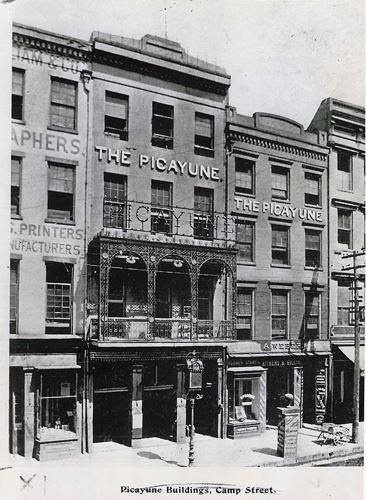
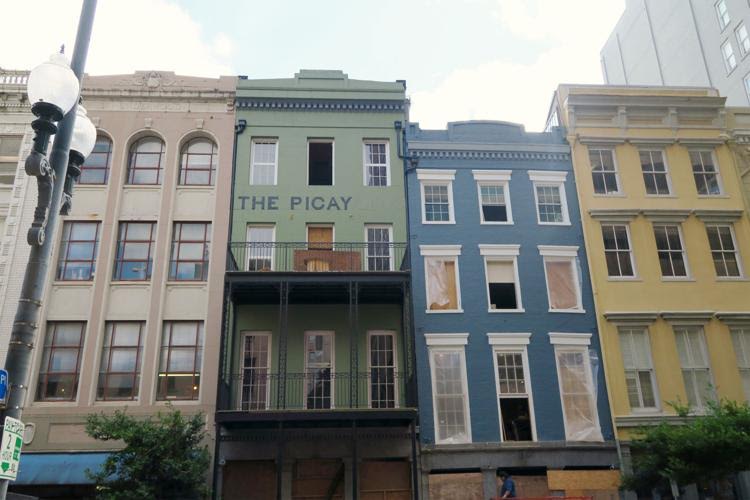
This is the world in which Kendall and Lumsden founded “The Picayune.” If you were alive to observe, you would have found newsboys rushing up and down the alley behind the 300 block of Camp Street carrying bundles of freshly-printed newspapers and trying to sell them directly to passersby.
“If you walked along here, you would hear the clattering away of these Line-O-Type machines,” explained local historian Richard Campanella in an interview with WWL. “You would see journalists and reporters scurrying in and out, shouting in the streets.”
It was an exciting scene and, throughout the decades of the 19th century, banners could be found advertising papers like The Daily Picayune (as The Picayune came to be called), as well as The New Orleans Times, The Democrat, The States, and the Daily City Item.
Just as the papers themselves changed, so too did their contents.
The time of newspapers serving as a way to display official documents was a thing of the past. Readers wanted stories, and by the time the Picayune joined the 300 block of Camp Street in 1850, the paper had just come off gaining an esteemed national reputation and a much larger readership thanks to its impressive coverage of the Mexican-American War.
Eliza Jane Nicholson inherited the paper when her husband died in 1876 and, over the following 20 years, once again increased its readership. In fact, between 1880 and 1890, the Daily Picayune more than tripled its circulation by introducing innovations such as society reporting (called the “Society Bee” columns), children’s pages, and a women’s advice column by Dorothy Dix. Dix was early in what would become a renowned journalistic career, evidenced by an eventual audience estimated at 60 million readers.
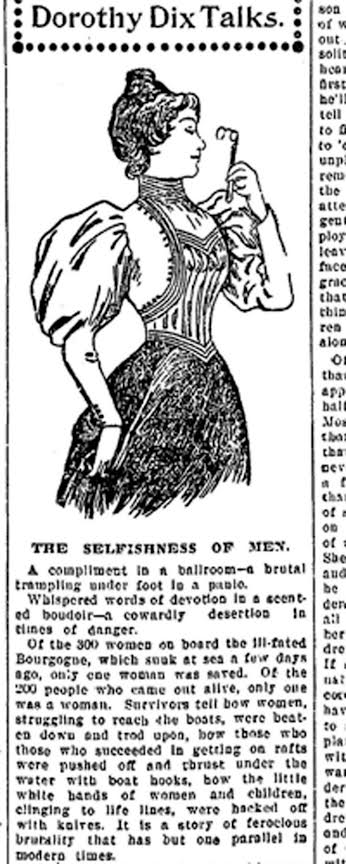
In the 20th century, the merging of rival newspapers was becoming increasingly common, two of which impacted the future of the Daily Picayune.
The first was in 1914, when it merged with the New Orleans Times-Democrat (itself the result of another merger) to become The Times-Picayune.
The 1930s featured a near-daily battle between The Times-Picayune, The States, and The Item. The latter two papers merged in 1941 to form The States-Item, and — in 1962 — American broadcasting businessman Samuel Irving Newhouse, Sr. purchased both The States-Item and The Times-Picayune.
Though the two papers wouldn’t merge until June 2, 1980, they were no longer bitter rivals. In fact, a joint celebration between the two papers is where Gambino’s Bakery comes into this story.
In late-January 1968, The States-Item was celebrating the opening of its new building. Their new home was at 3800 Howard Avenue, an address that would eventually be closely linked with The Times-Picayune for decades.
It’s no accident that the building was far from the downtown core on Camp Street that once housed the majority of the city’s newspaper producers. Much like the city’s wealth and population — including Gambino’s business operations — newspapers were moving from the city center to the outskirts. The reason, in the case of the papers, was they hoped to benefit by being close to the burgeoning interstate, which would help access their growing suburban customer base via newspaper deliveries.
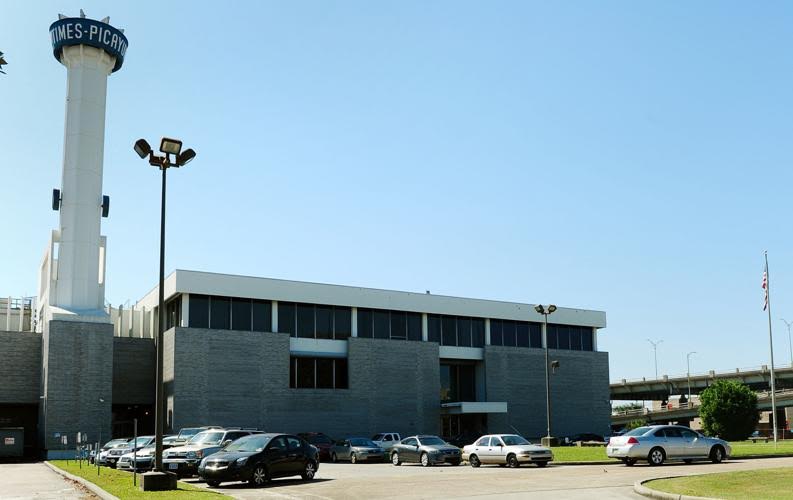
Representatives from the Southern Bell Telephone Co. were present to celebrate, as their company had purchased the cake as a gift. Hundreds of employees from both The States-Item and The Times-Picayune were also in attendance: The States-Item’s employees were celebrating their new home, while the Times-Picayune’s were celebrating their paper’s 131st anniversary.
So just how incredible was this cake?
A January 25, 1968 article from The States-Item tells us all about the five-foot-long, 34-inch-high confection, baked as a perfect replica of the newspaper’s new offices:
“The cake, baked by Gambino’s Bakery, was designed from a photo of the new building. It faithfully portrayed the new premises, including the coloring and clock tower. The cake was large enough to serve between 900 and 1,100 people.
“The cake’s ingredients include 120 eggs, 20 pounds of flour, 15 pounds of milk, 12 pounds of butter and 10 ounces of baking powder. It is six layers high and took about five hours to bake.”
By 1980, the two rival newspapers had merged and were producing newspapers from their Howard Avenue home.
That paper would go on to win Pulitzer Prizes, most famously for its coverage of Hurricane Katrina and its aftermath.
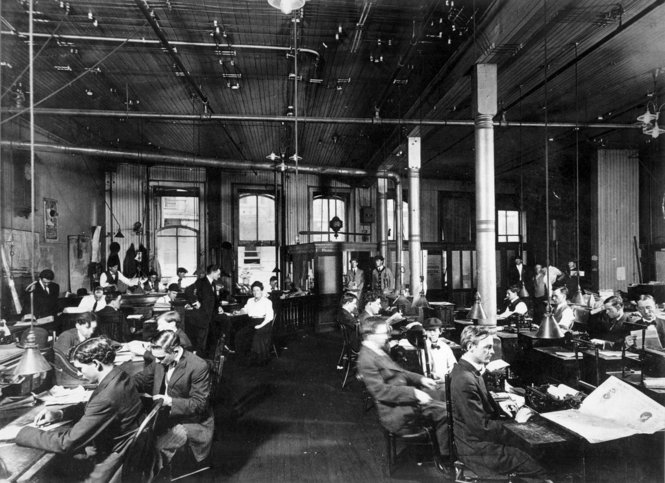
In recent years, the Times-Picayune merged once more — this time with The Advocate in 2019. That same year, the Howard Avenue location was demolished. Yet, their award-winning reporting lives on. Now, like in centuries past, those operations take place downtown.
It remains worth celebrating, just like Gambino’s proudly helped to do on that special day in 1968.
If you have an occasion to celebrate, we would love to help create the perfect cake for you, as well.